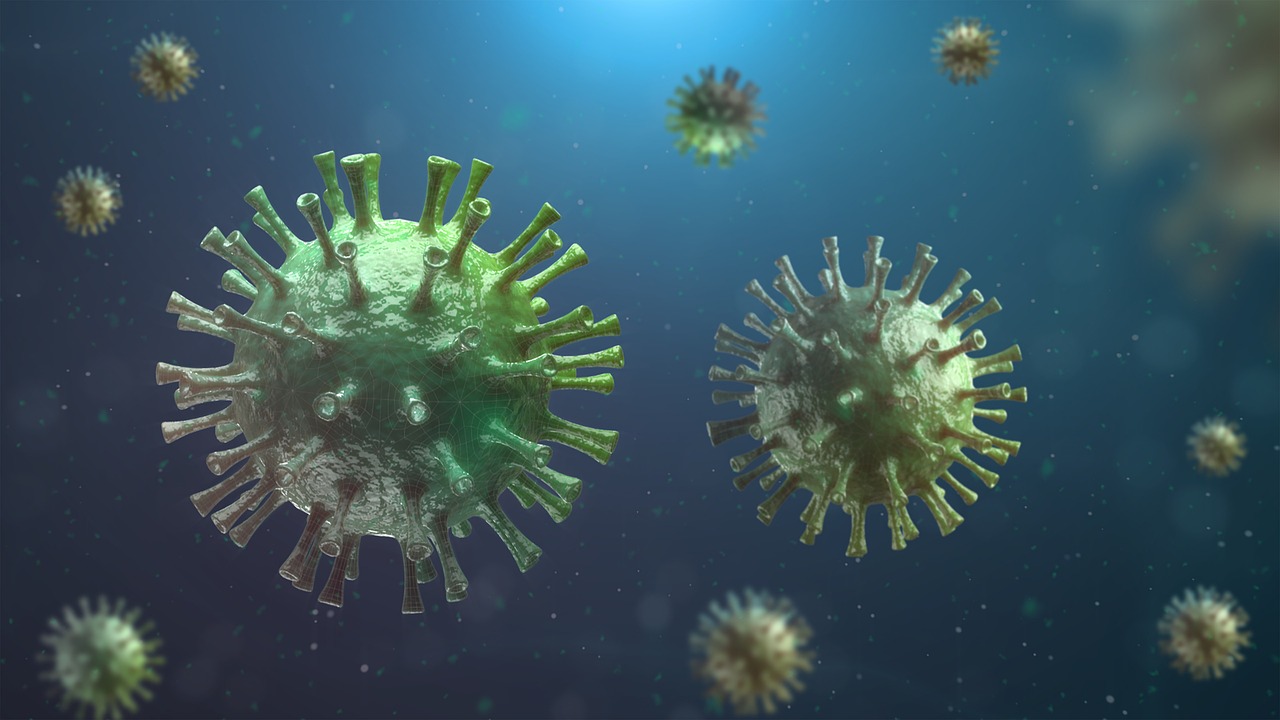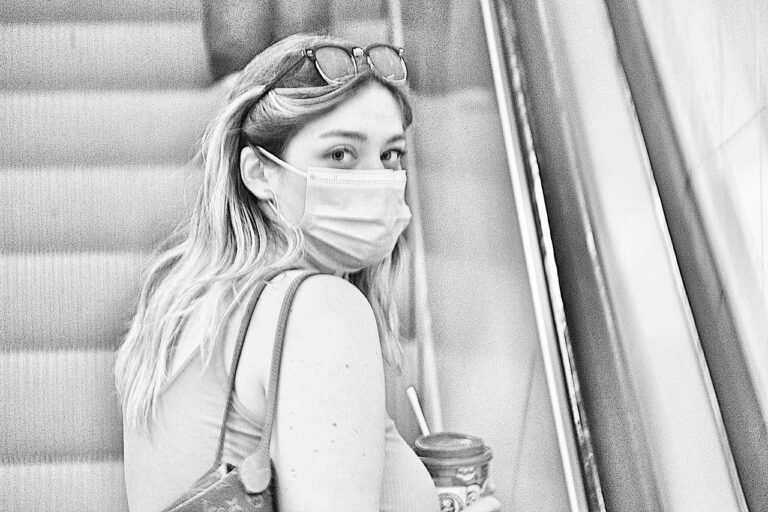The Influence of Social Media on Body Dysmorphic Disorder
Body Dysmorphic Disorder, also known as BDD, is a mental health condition where individuals become excessively preoccupied with perceived flaws in their appearance. These flaws are often minor or unnoticeable to others, yet the individual may spend an excessive amount of time and energy focusing on them. This intense focus can lead to significant distress and impair daily functioning.
People with Body Dysmorphic Disorder may engage in repetitive behaviors such as checking their appearance in mirrors or avoiding social situations due to their perceived flaws. They may also seek repeated reassurance from others about their appearance, yet remain dissatisfied. This constant preoccupation with their appearance can have a significant impact on their self-esteem and overall quality of life.
Social Media and Unrealistic Beauty Standards
Social media platforms have become a prominent influencer in shaping societal beauty standards. The seamless filters, editing tools, and carefully curated images often project an idealized version of beauty that is unattainable for many individuals. This can lead to feelings of inadequacy and a distorted perception of one’s own appearance, contributing to the rise of body dissatisfaction and self-esteem issues among users.
The constant exposure to flawless images of celebrities and influencers can create a sense of pressure to conform to these unrealistic beauty standards. The strive for perfection promoted on social media can instill a sense of comparison and competition, fueling insecurities and disordered eating behaviors in individuals striving to meet these unattainable ideals. As a result, it is crucial to cultivate a critical mindset when consuming media content and to prioritize self-acceptance and self-care over conforming to societal beauty norms.
Comparing Real Life vs Social Media Images
Real life and social media images often present stark differences in the portrayal of beauty and appearance. In real life, imperfections and variations in body shapes and features are natural and common. However, social media platforms frequently showcase a curated and edited version of reality, where filters, editing tools, and staged poses create an idealized image of beauty that is often unattainable.
Real life interactions allow for a more genuine representation of individuals, showcasing their authentic selves beyond physical appearances. On the contrary, social media images are often filtered through a lens of perfection, promoting unrealistic beauty standards and creating a culture where comparison and self-doubt thrive. The disparity between real life and social media images can fuel insecurities and dissatisfaction with one’s own body, as individuals may struggle to reconcile their true selves with the idealized images they encounter in the digital realm.
• In real life, imperfections and variations in body shapes and features are natural
• Social media platforms frequently showcase a curated and edited version of reality
• Filters, editing tools, and staged poses create an idealized image of beauty that is often unattainable
• Real life interactions allow for a more genuine representation of individuals
• Social media images promote unrealistic beauty standards
• Comparison and self-doubt thrive in the culture created by social media images
• The disparity between real life and social media images can fuel insecurities
What is Body Dysmorphic Disorder?
Body Dysmorphic Disorder (BDD) is a mental health condition where a person spends a lot of time worrying about flaws in their appearance that are often unnoticeable to others.
How does social media contribute to unrealistic beauty standards?
Social media platforms often showcase edited and filtered images that portray unrealistic beauty standards, leading people to compare themselves to these unattainable ideals.
How can comparing real life vs social media images impact one’s self-esteem?
Comparing real life images to those on social media can lead to feelings of inadequacy, low self-esteem, and body dissatisfaction as individuals may perceive themselves as falling short of the unrealistic standards portrayed online.







